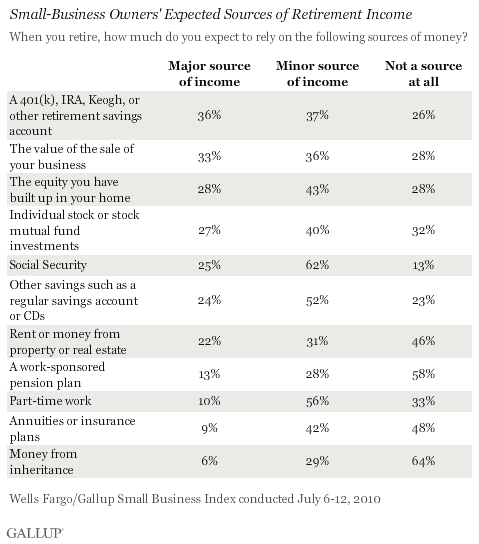Small business retirement plans
Post on: 18 Апрель, 2015 No Comment

Qualified vs. nonqualified retirement plans
A qualified retirement plan meets the requirements of the Internal Revenue Code (IRC) and ERISA, the Employee Retirement Income Security Act of 1974. By meeting these requirements, the plan is eligible for favorable tax treatment, including allowing employers to deduct annual allowable contributions for each participant.
The contributions and the earnings of those contributions are tax-deferred until taken as distributions by a participant. Rollovers from a qualified plan to a traditional IRA can continue to defer taxes until distributed from the IRA.
In general, a qualified plan doesn’t allow owners and other highly compensated employees to get a disproportionate amount of the firm’s contributions to the retirement plan. Defined benefit plans such as a pension plan, and defined contribution plans such as a 401(k) plan, are examples of qualified plans.
A non-qualified plan doesn’t meet ERISA or IRC requirements. It can favor the owners and other highly compensated employees. Examples of nonqualified plans include excess benefit plans, deferred bonuses, stock options and stock appreciation rights.
Think ahead for taxes
Most plans have to be in place before the end of the tax year in the year you start the plan. A SIMPLE plan has to be in place even earlier — by October 1 of the tax year you are implementing the plan. One option that still may be available for the 2008 tax year is a SEP plan. A SEP plan can be set up any time up to the due date of the employer’s return (including extensions).
Defined contribution plans versus defined benefit plans

A defined contribution (DC) plan spells out the contributions that can be made into the plan by the employee and by the employer. Along with size of the contributions, the decision of how to invest the monies influences the growth of the account.
The stock market, as measured by the Standard & Poor’s 500 Index, lost approximately 37 percent in 2008. A defined contribution plan account that was heavily invested in the stock market over that time period probably suffered a major setback in 2008.
In contrast, a defined benefit (DB) plan offers a specified monthly payment in retirement, typically based on years of service, some measure of average salary, and a payout percentage. The company shoulders the burden of providing adequate funding for the defined benefit plan.
Many companies that at one point offered a defined benefit plan have since switched to a defined contribution plan because of the expense of offering a DB plan. In switching, the DB plan is either terminated or frozen. A frozen plan is, at a minimum, closed to new participants and may stop accruing benefits to existing participants.














